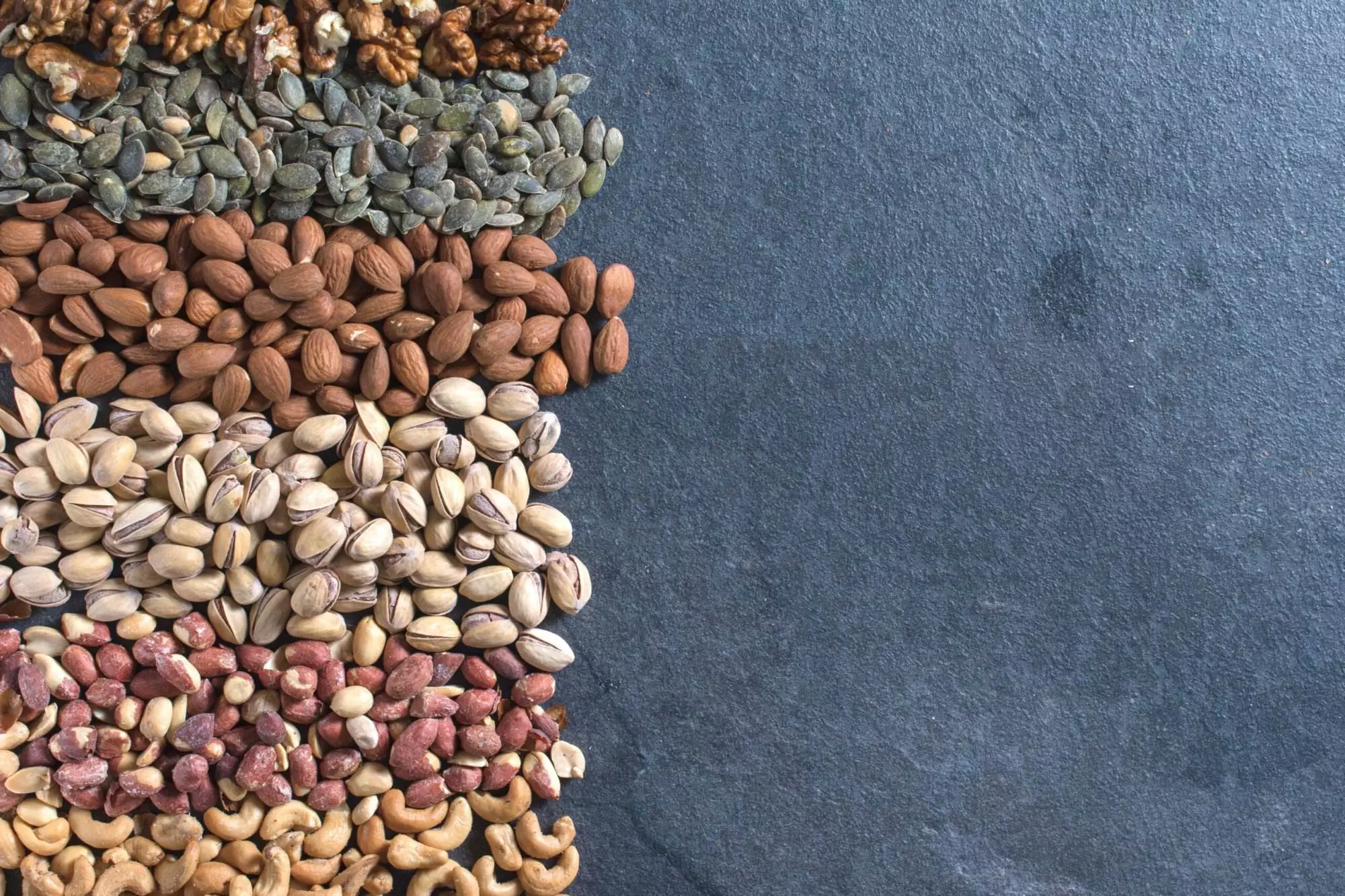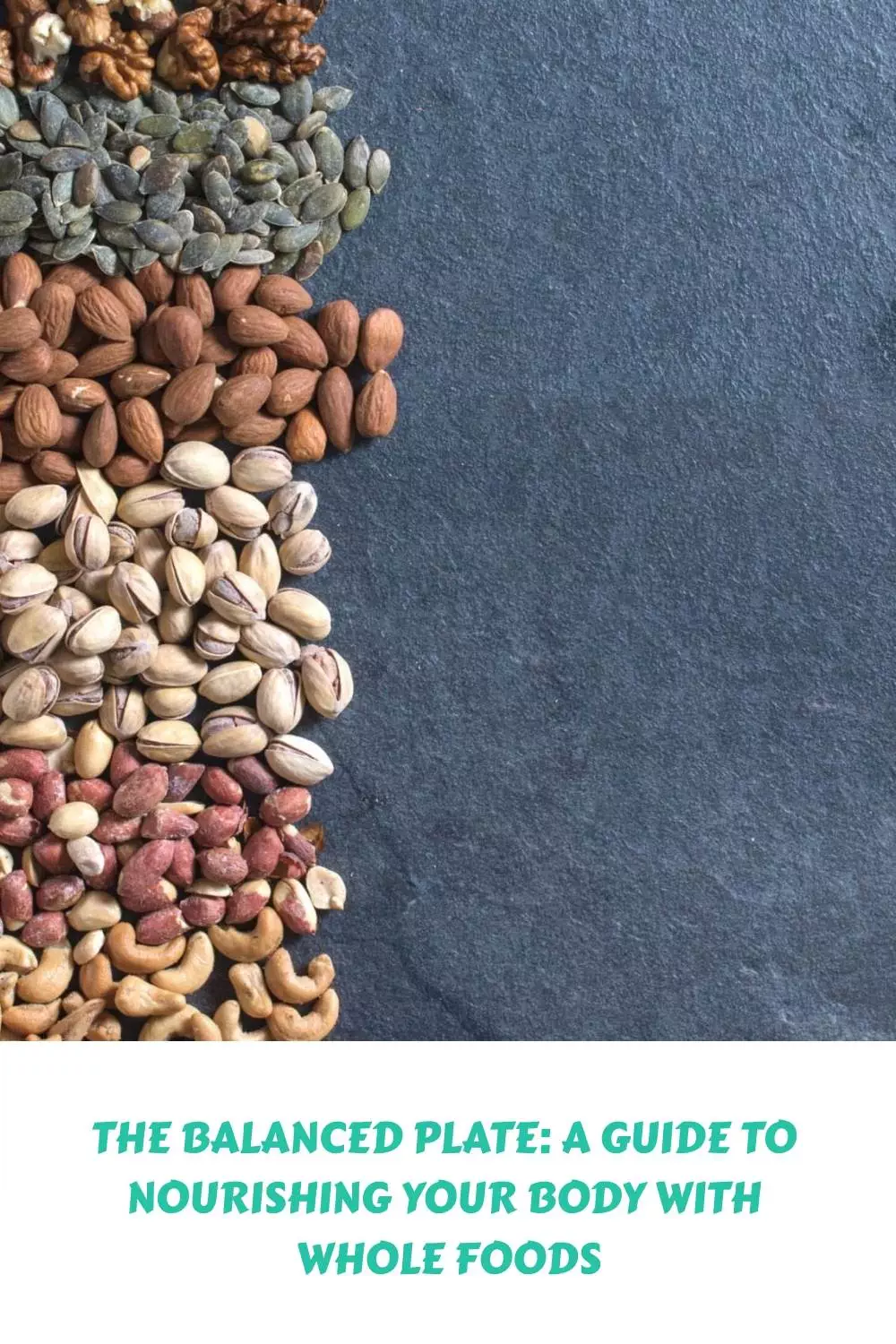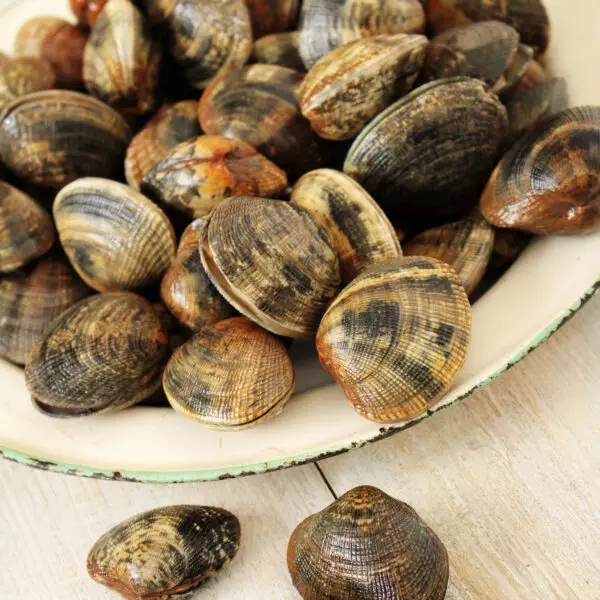Introduction to the Balanced Plate
A balanced plate is a visual representation of what a healthy meal should look like. It’s an easy way to ensure that you are getting all the essential nutrients your body needs for optimal health and wellbeing. The concept behind the balanced plate is simple – fill half of your plate with fruits and vegetables, one quarter with whole grains or complex carbohydrates, and the remaining quarter with lean protein sources such as fish, chicken, beans, or tofu. By following this guideline, you can rest assured that you are giving your body the nourishment it needs to thrive.
The Importance of Whole Foods in a Balanced Diet
Whole foods are those that have not been processed or refined in any way. They are packed full of vitamins, minerals, fiber, and other important nutrients that your body needs to function properly. Unlike processed foods, which often contain added sugars, salts, and unhealthy fats, whole foods provide clean fuel for your body without the negative side effects. Some examples of whole foods include fresh fruits and veggies, whole-grain bread, brown rice, quinoa, legumes, nuts, seeds, and lean proteins like fish and poultry.
How to Create Your Own Balanced Meal Plan
Creating your own balanced meal plan doesn’t have to be complicated. Start by choosing a variety of colorful fruits and vegetables each day, including leafy greens, bright berries, and vibrant root veggies. Next, choose whole grains like oatmeal, whole wheat bread, or quinoa as your source of complex carbs. Finally, add in lean protein sources like grilled chicken breast, baked salmon, lentils, or black beans. Don’t forget to incorporate healthy fats like avocado, nuts, and seeds into your meals as well. With just these few guidelines, you can create delicious and nutritious meals that will keep you feeling satisfied and energized throughout the day.

Common Myths About Balanced Nutrition Debunked
There are many myths about balanced nutrition that persist despite evidence to the contrary. One common misconception is that fat-free means calorie-free. In reality, many low-fat or fat-free products contain just as many calories as their full-fat counterparts, so it’s important to read labels carefully and make informed choices. Another myth is that supplements can replace real food. While supplements can certainly help fill in nutritional gaps, they shouldn’t be used as a substitute for a balanced diet. Nothing can beat the benefits of whole, minimally processed foods when it comes to nourishing your body.
Conclusion: Taking Action Towards a Healthier You
Taking action towards a healthier you starts with educating yourself about proper nutrition and making intentional choices every day. By following the principles outlined above, you can create a balanced plate and give your body the nourishment it needs to thrive. Remember, Balance is key – don’t deprive yourself of any particular food group, but also don’t overindulge in unhealthy options. Listen to your body and pay attention to how different foods make you feel. With time and practice, eating a balanced diet will become second nature, and you’ll reap the many benefits of good nutrition, from increased energy levels to improved overall health.









